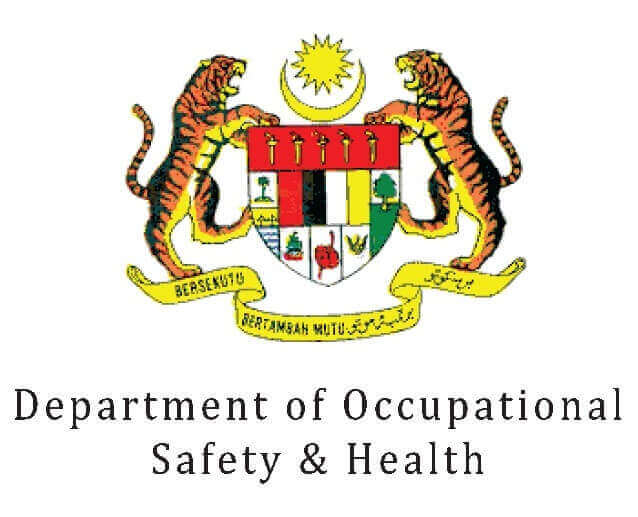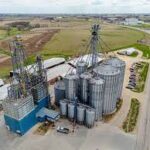Only DOSH Malaysia certified workers in confined space entry
Workers certified by DOSH Malaysia only
 Only competent workers with DOSH Malaysia’s certification can work in confined spaces. This is a safety measurement to prevent accidents and fatalities.
Only competent workers with DOSH Malaysia’s certification can work in confined spaces. This is a safety measurement to prevent accidents and fatalities.
The top three causes of accident in confined spaces were oxygen deficiency, toxic gas, and flammable gas.
What is of utmost concern is that, exposure to these hazards has chronic effects. Thus, the severity of accidents in confined spaces is high, with a high percentage of fatalities. Hence, we must identify the causes and hazards, and try to reduce, if not eliminate them. – Tan Sri Lee Lam Thye, Chairman of the National Institute of Occupational Safety and Health (NIOSH)
Lee was responding to a fatal accident where an Indonesian man died after inhaling toxic gas while cleaning a barge in Sibu Malaysia, in January 2012. The deceased’s two co-workers survived.
Accidents in confined spaces bear several common features such as:
- absence of or insufficient safeguards;
- neglect of safe practices and procedures;
- employment of contract employees without adequate training in safety procedures.
To avoid accidents and fatalities, only those with certificates of competency from DOSH’s training provider can work in confined spaces. – Tan Sri Lee Lam Thye
In 2010, NIOSH Malaysia and DOSH Malaysia had set up the national standards for confined spaces safety. Whereby, a competent person would have a permit through the Industrial Code of Practice for Safe Working in a Confined Space. This is to further encourage safety in confined spaces.
This will ensure that, workers in confined spaces will at least have a minimum standard of safety, thus ensuring fewer accidents. – Tan Sri Lee Lam Thye
NIOSH Malaysia and DOSH Malaysia on confined space rules
The Industrial Code of Practice is legally binding. Its to be adhered to by industries and parties working in confined spaces.
Confined spaces generally refers to a space that is relatively small with unfavorable natural ventilation. Subsequently, one into which infrequent or irregular entry is made for purposes of maintenance, repair or cleaning.
Example of confined spaces includes silos, tanks, vats, sewers, reaction vessels, ship compartments, sludge pits and boilers.
NIOSH has regarded that increasing the awareness and level of safety among the workers as the most effective way to combat this problem. Therefore, NIOSH is constantly organizing specific program to promote safe work in confined spaces:
- Authorised Entrant and Standby Person for Confined Spaces (AESP).
- Authorised Gas Tester and Entry Supervisor for Confined Spaces (AGTES).
The presence of toxic gases such as nitrogen, carbon monoxide and sulphur dioxide among others in confined spaces must be taken seriously. The lack of oxygen coupled with toxic gases would cause people to collapse while working in confined spaces.


